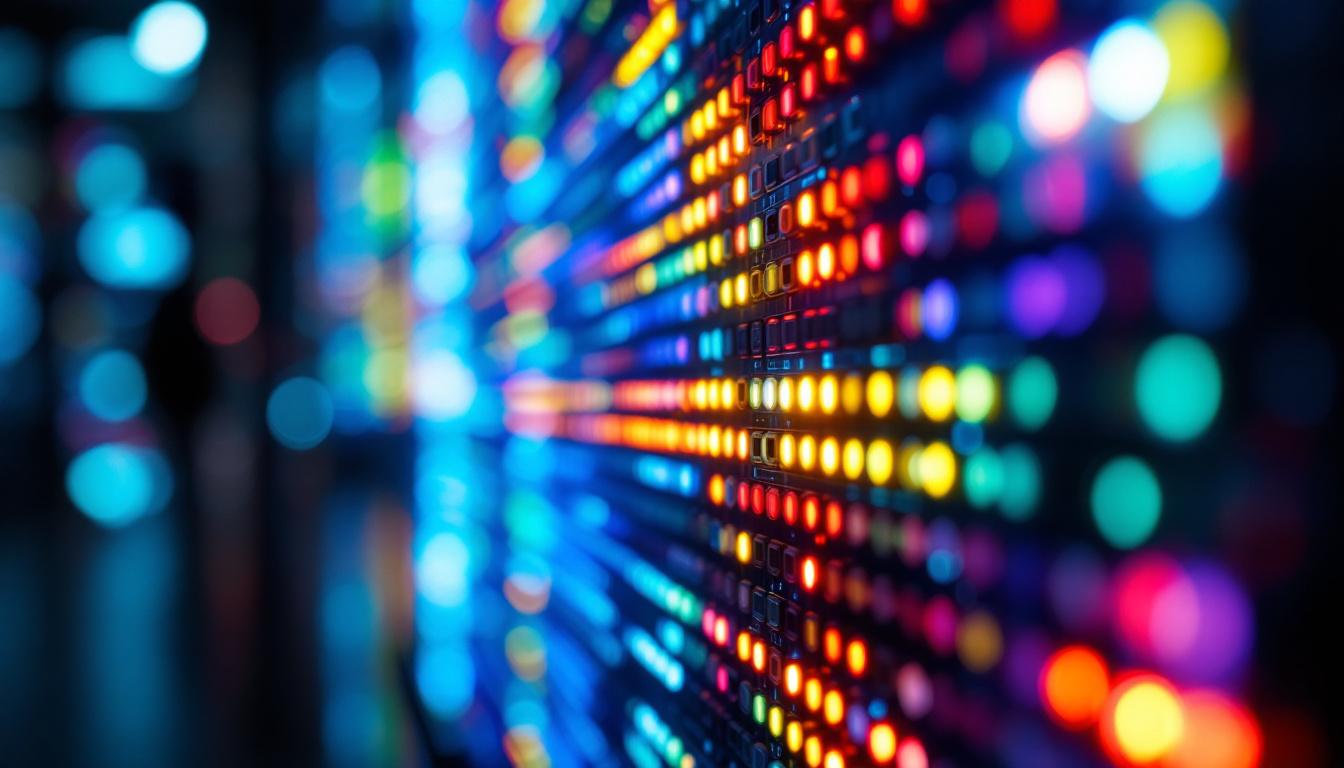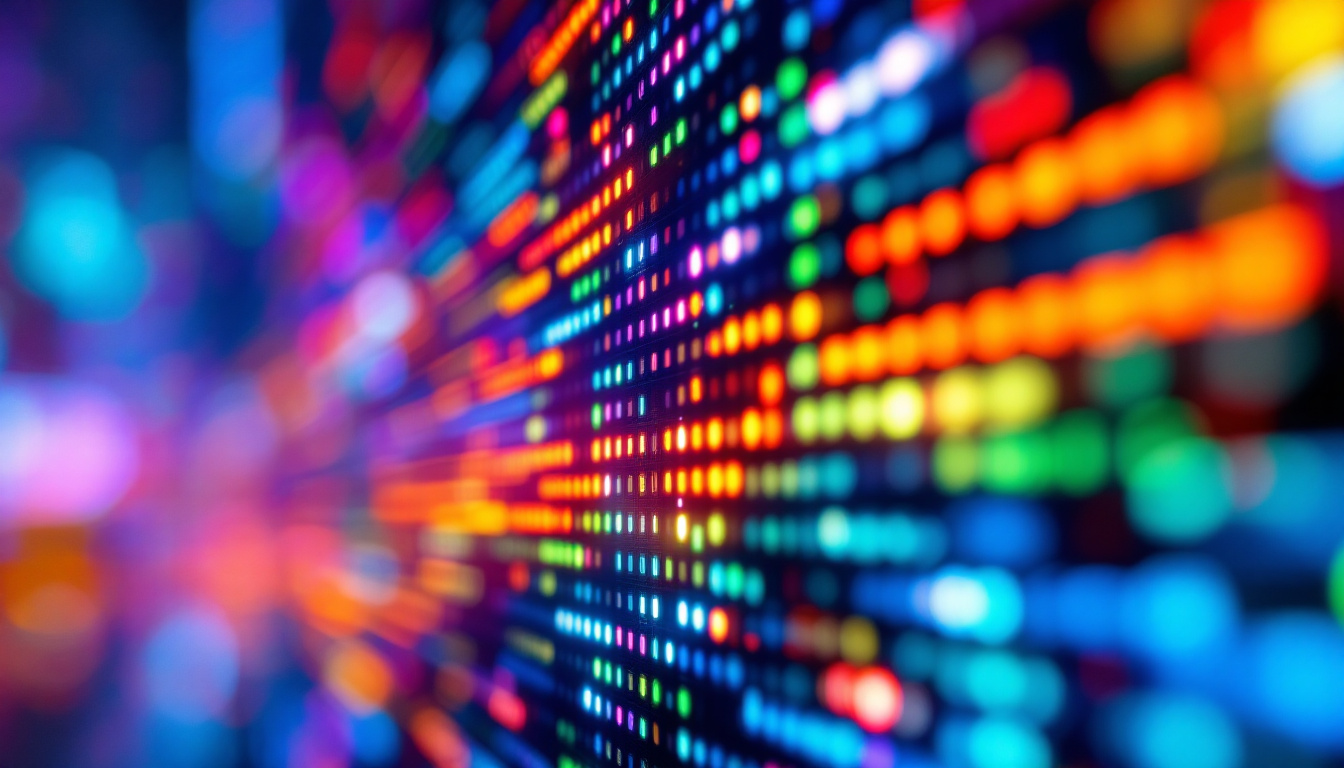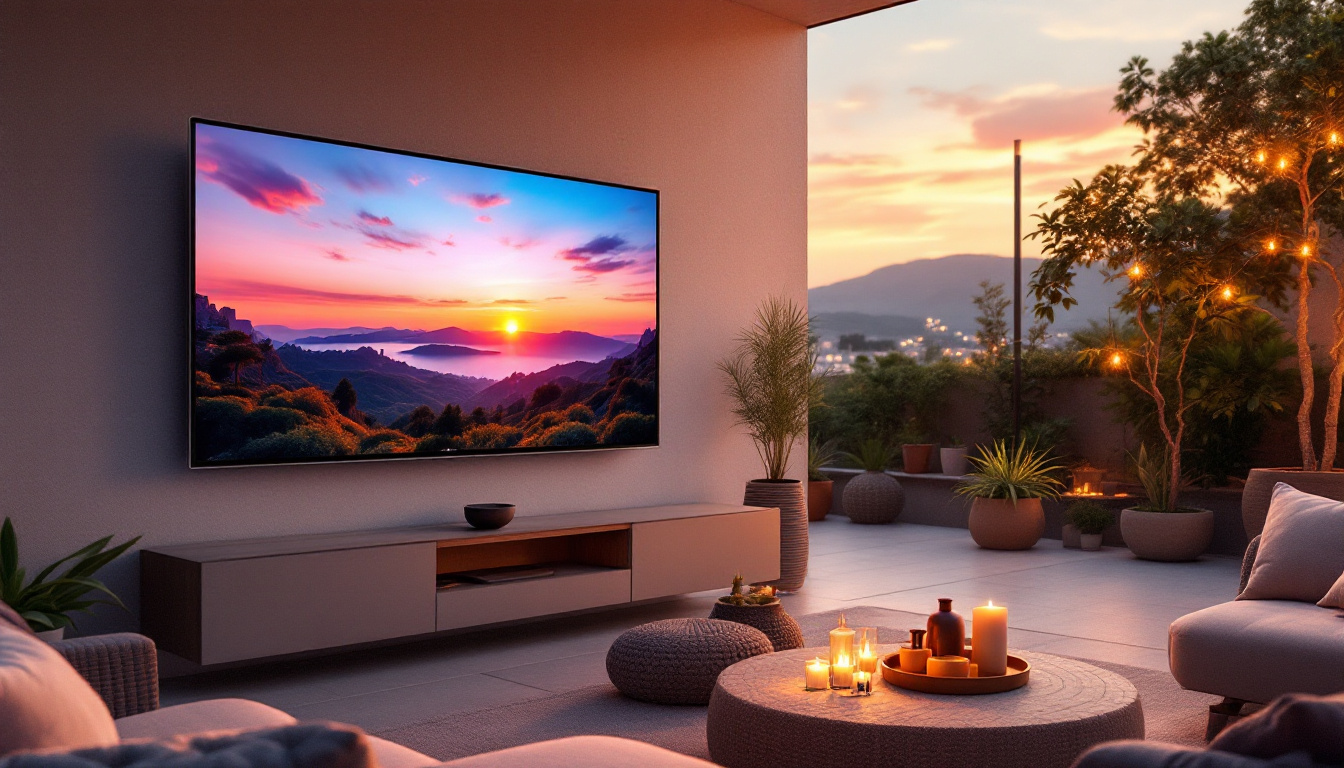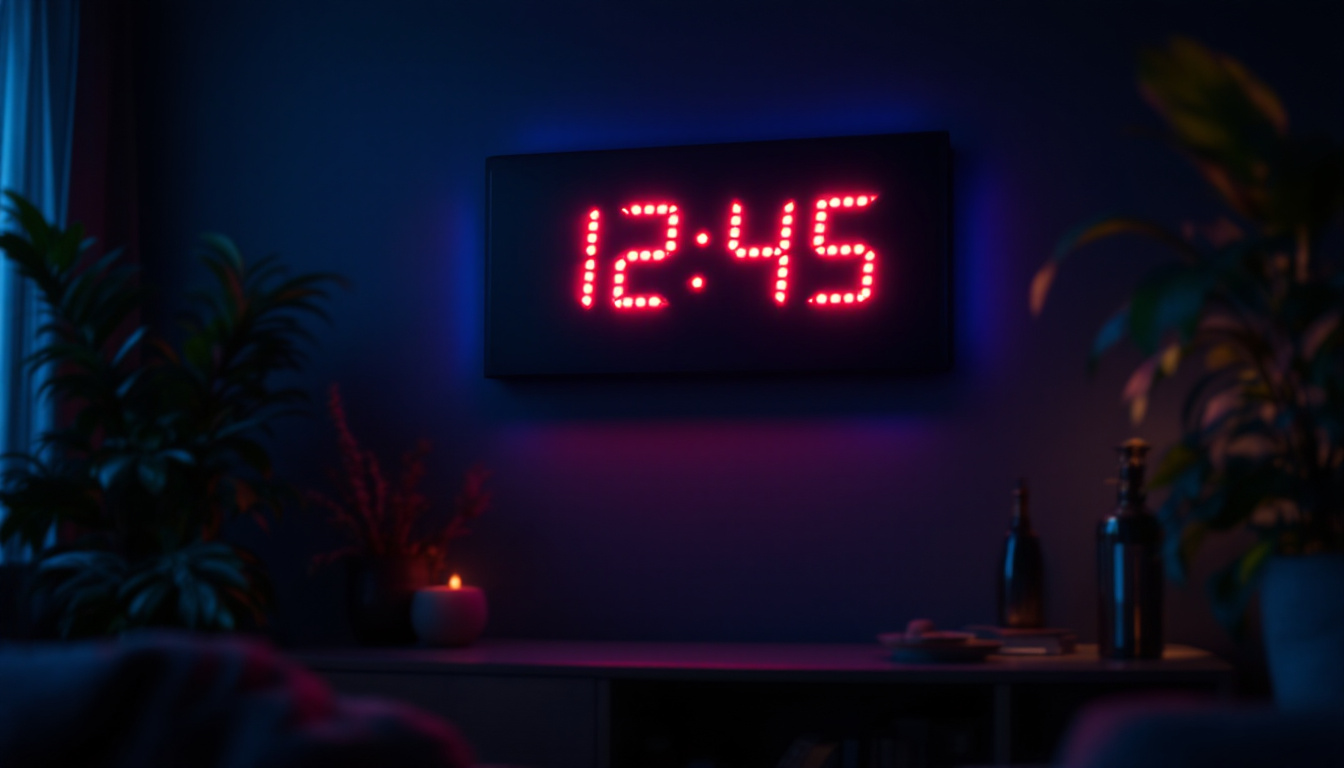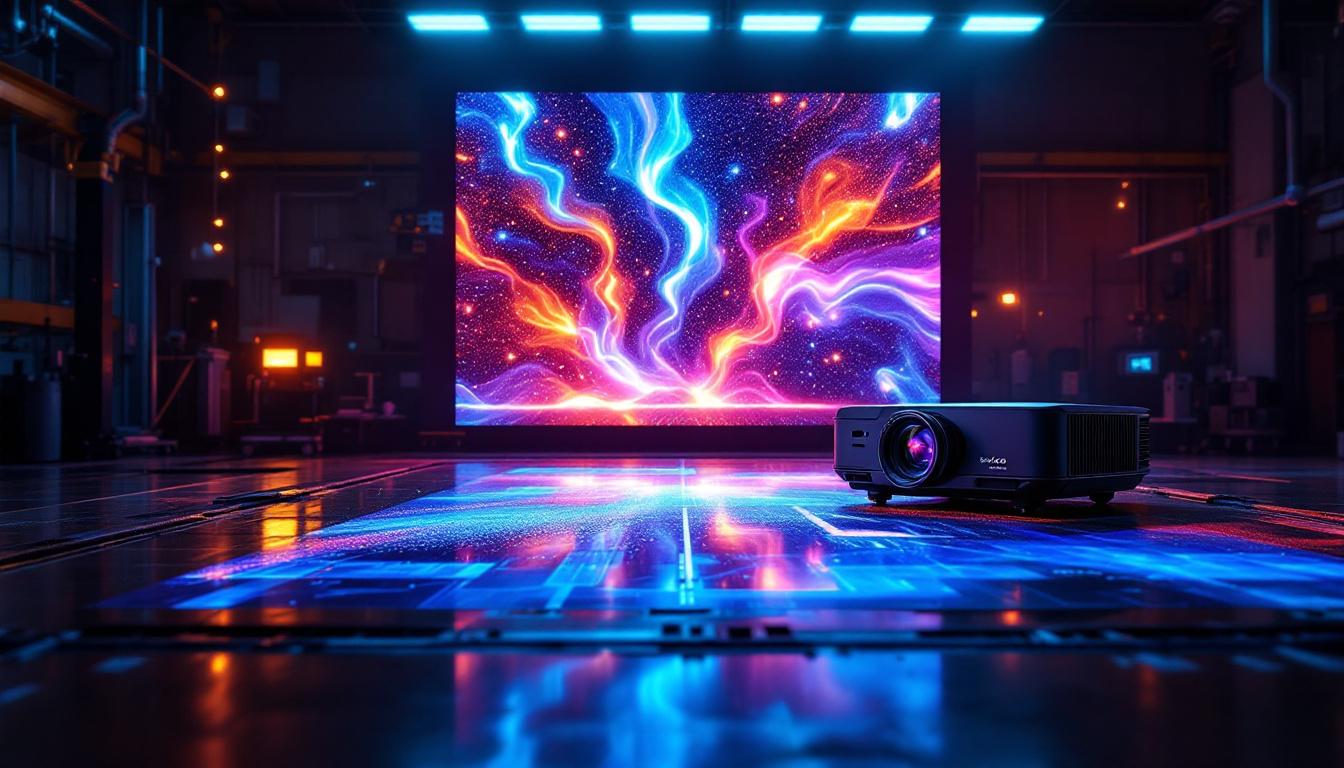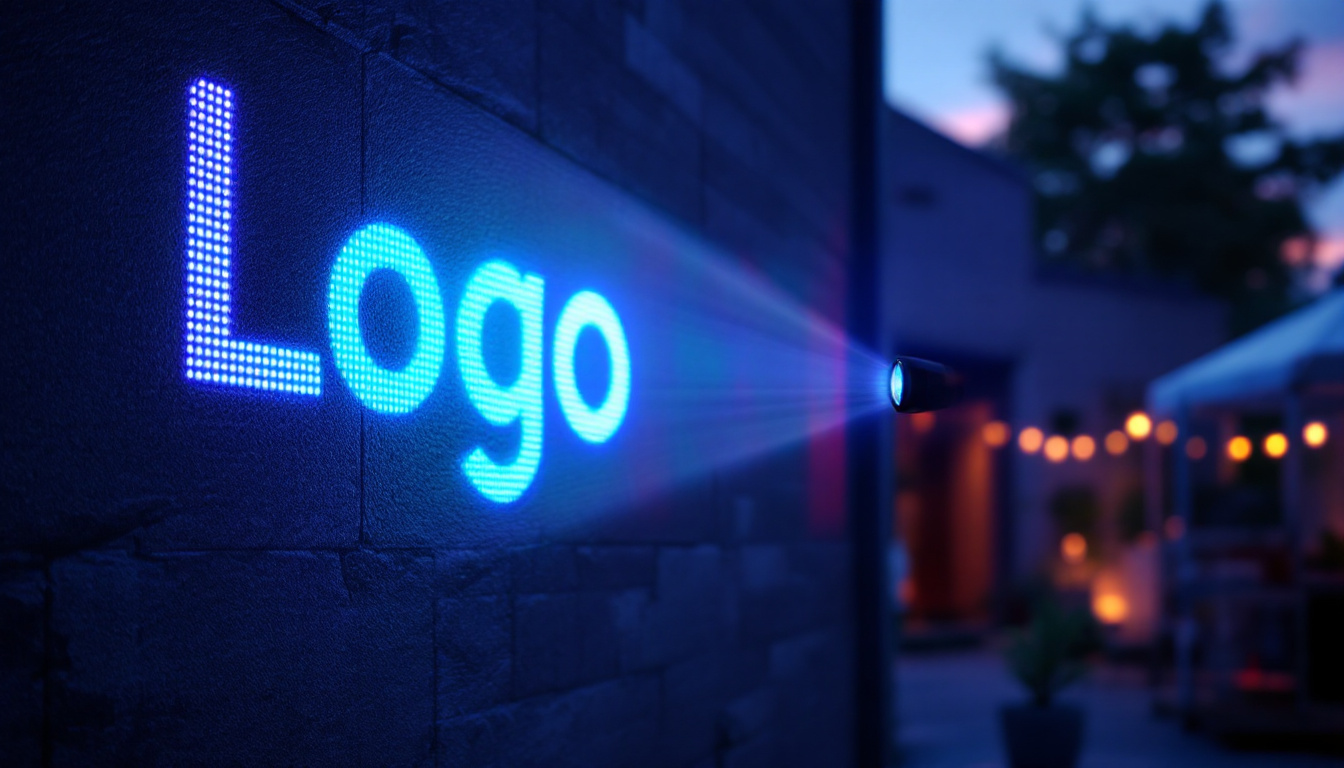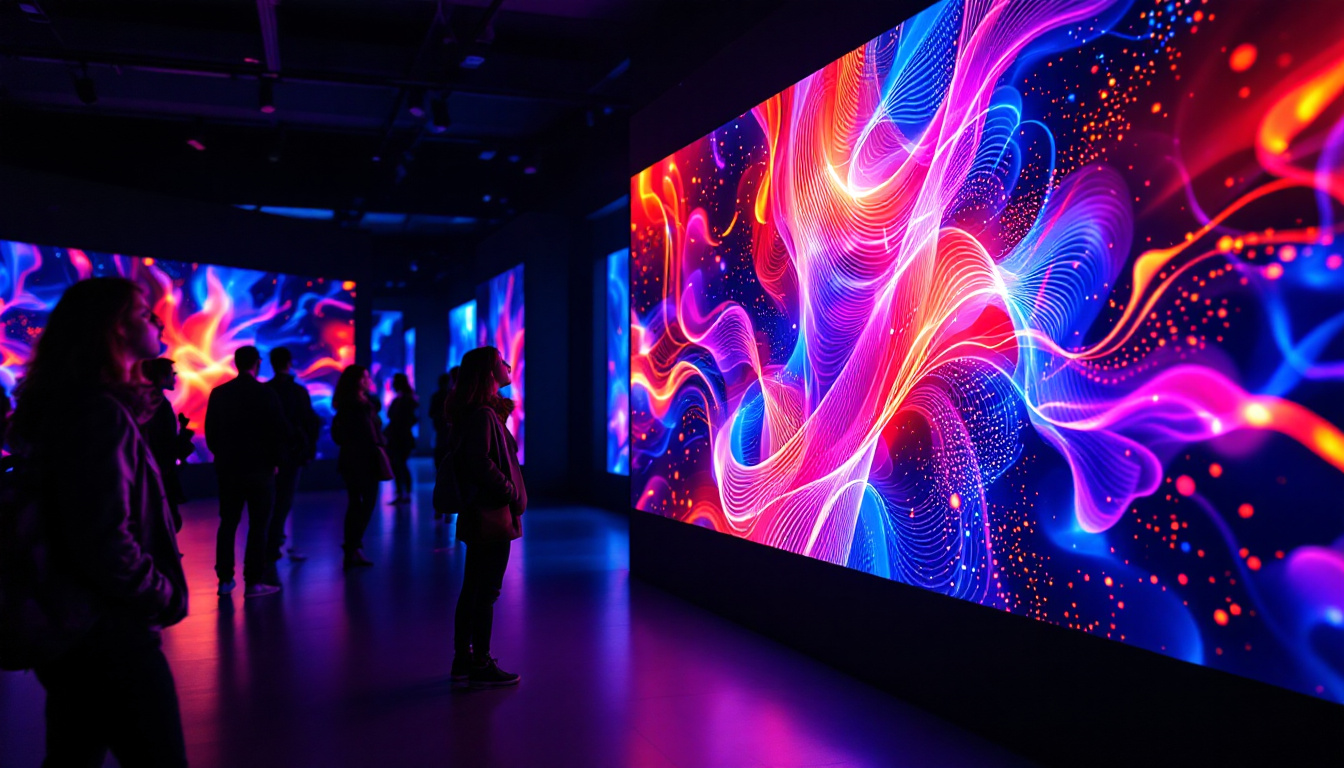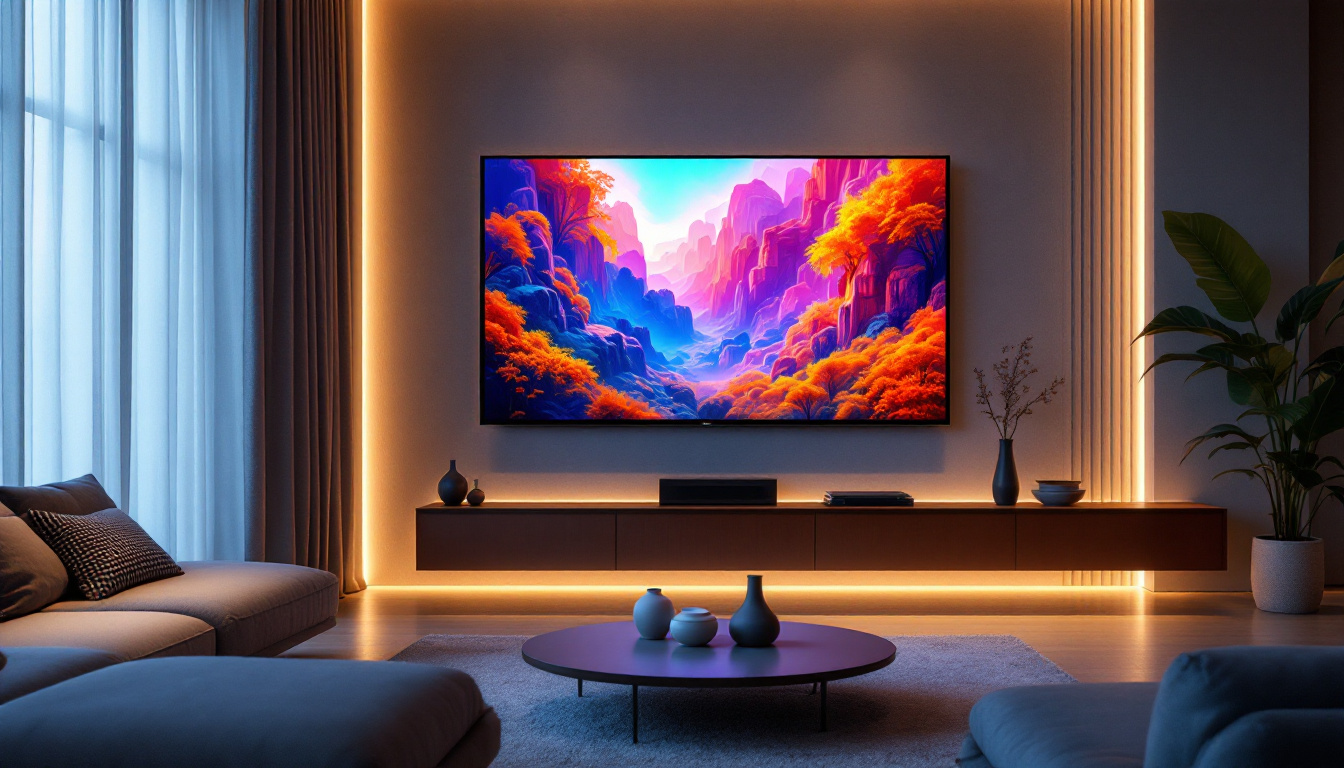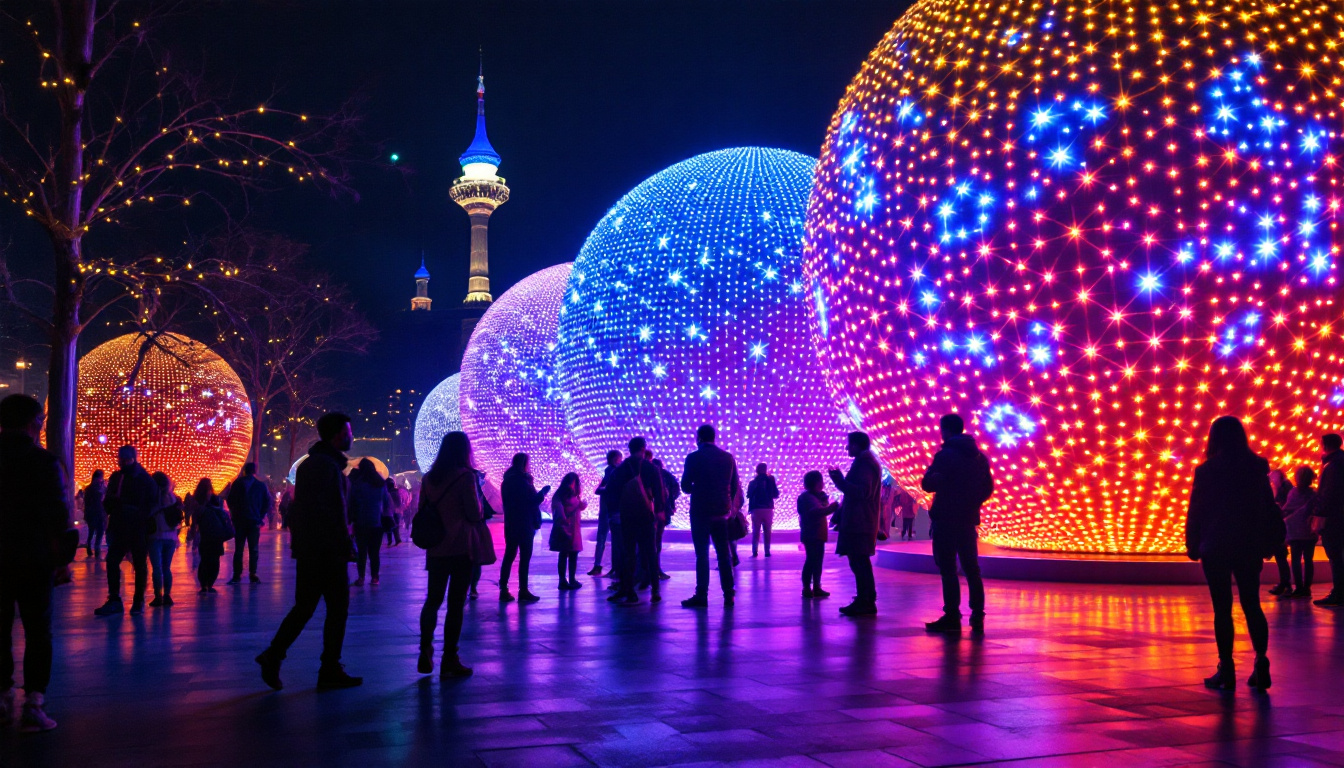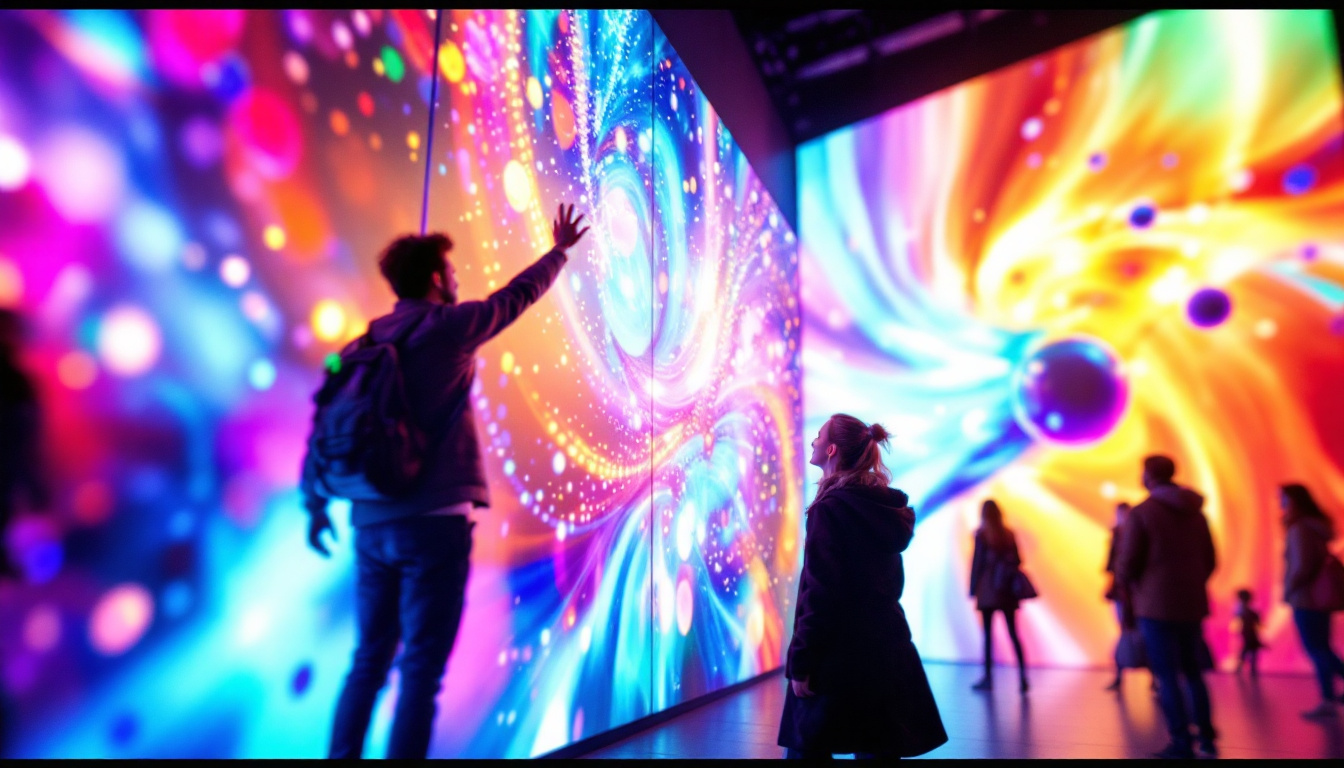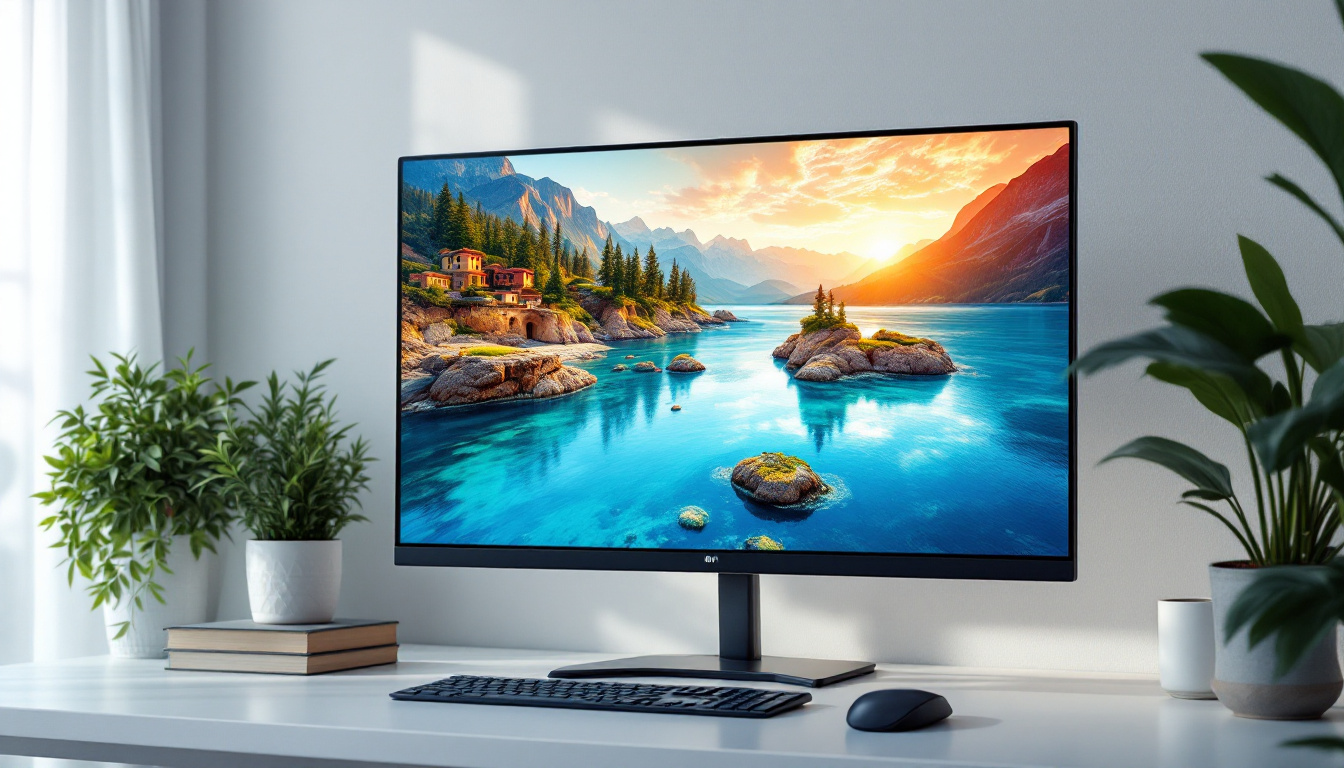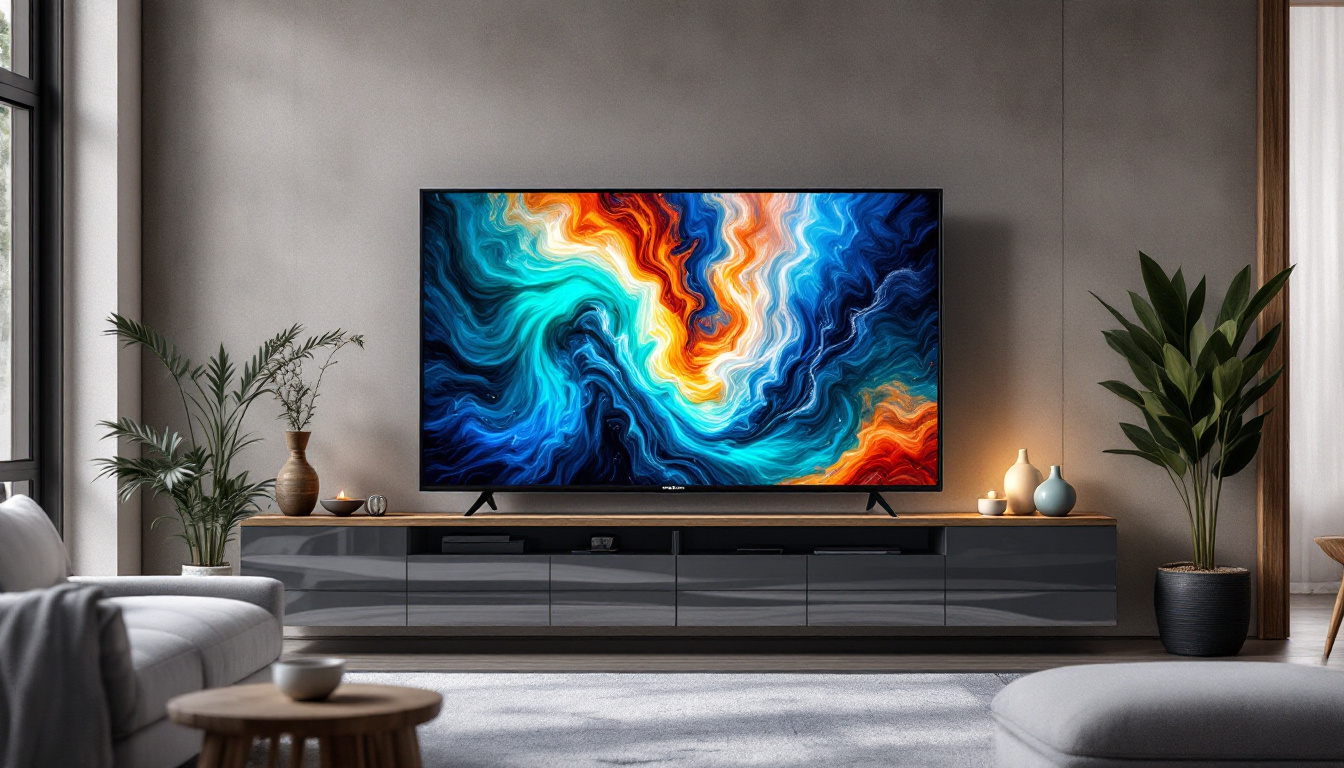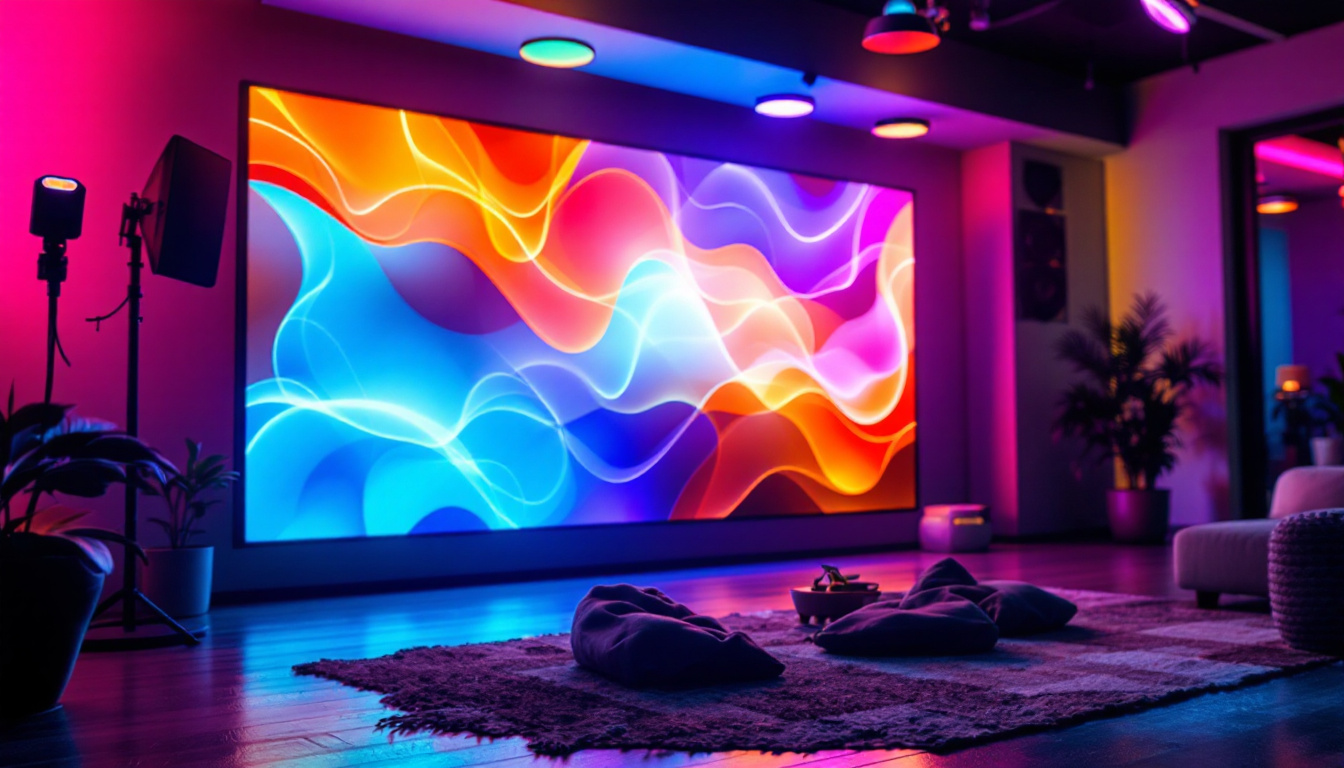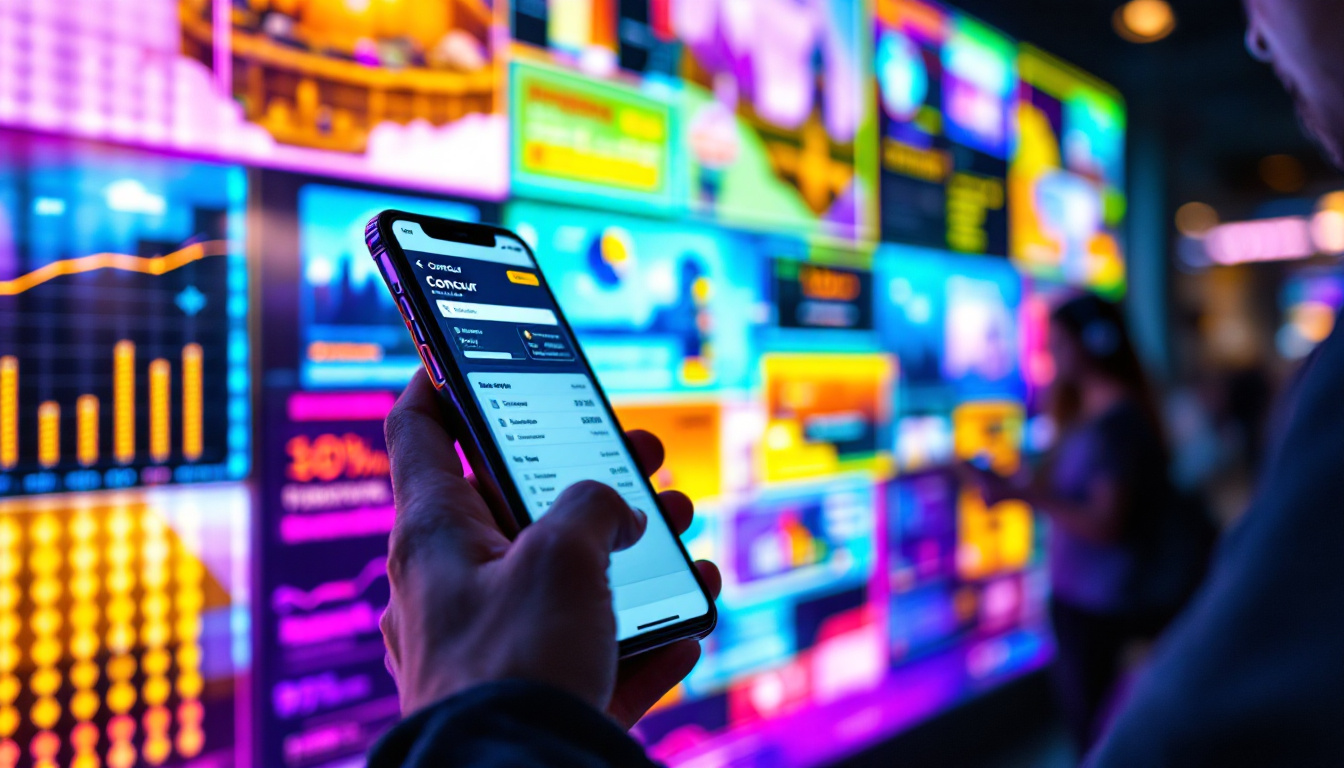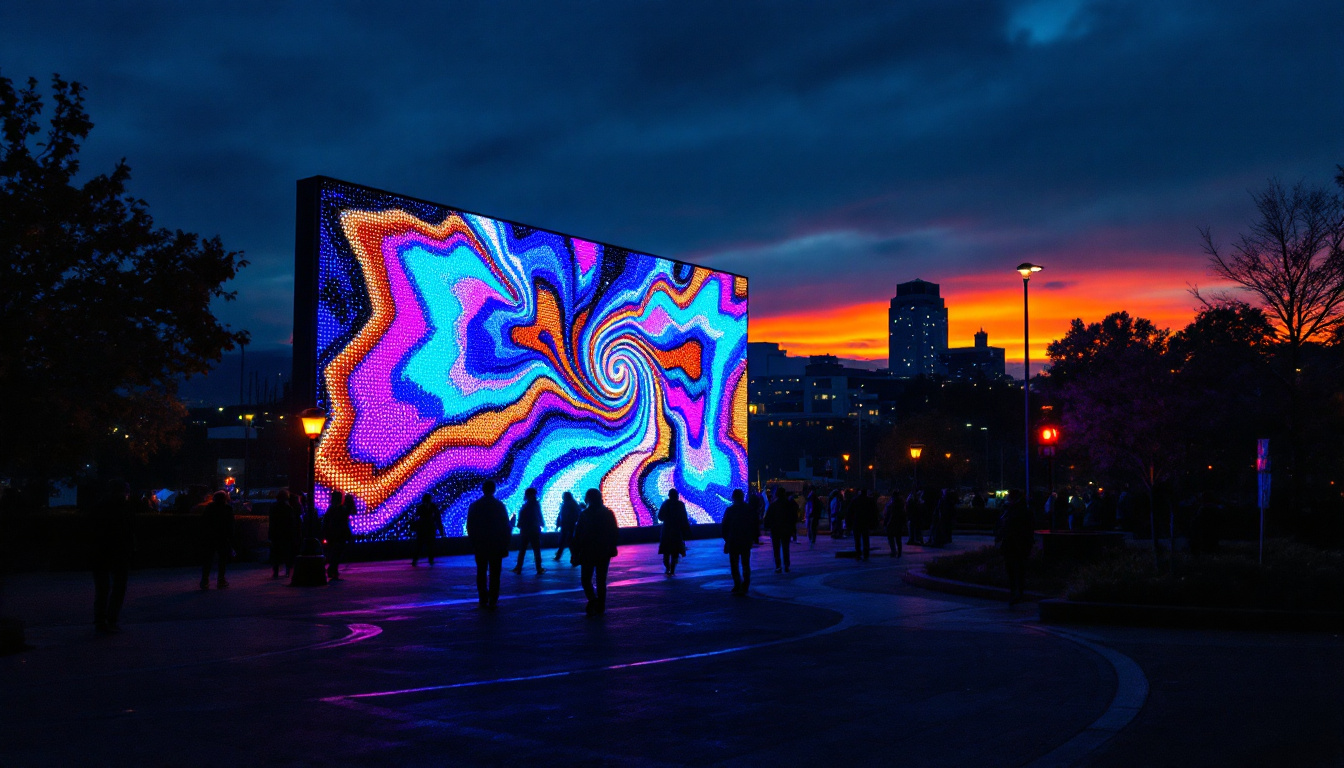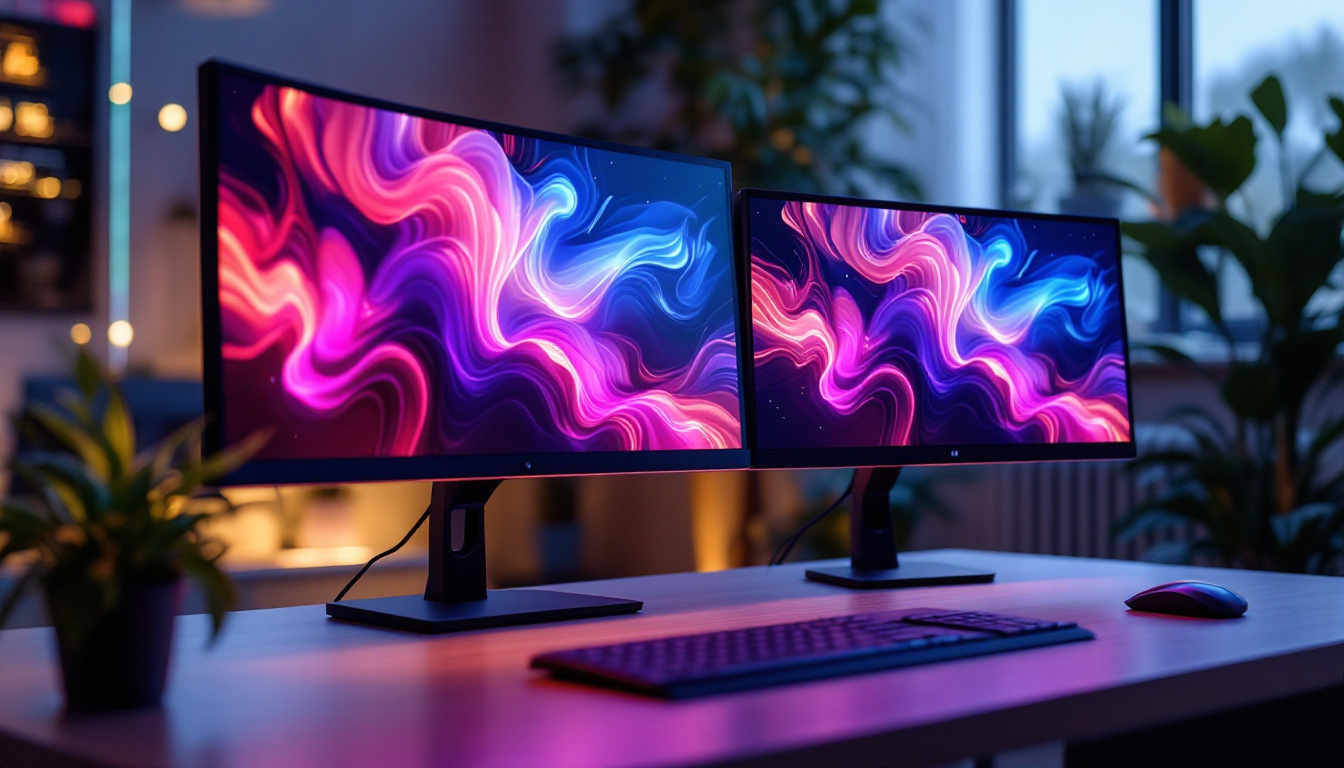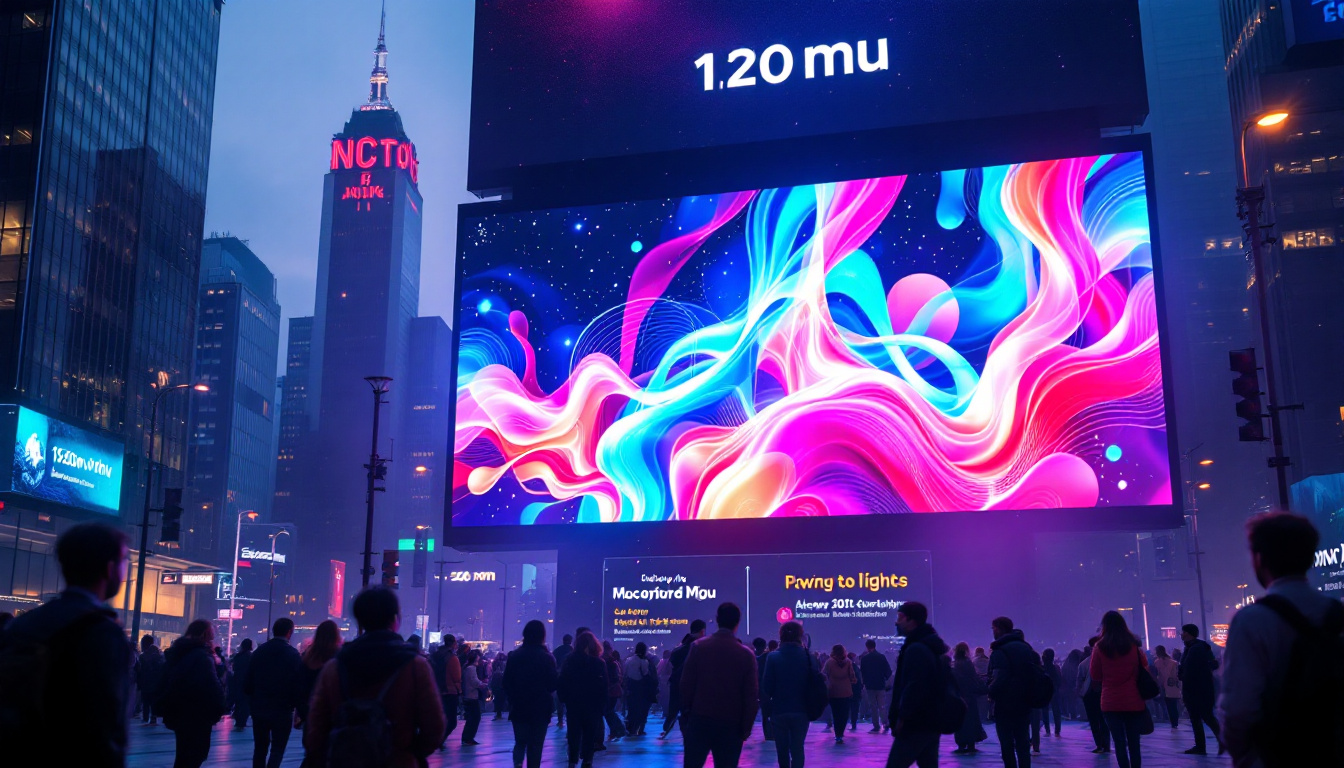In today’s rapidly evolving digital landscape, LED displays have become an integral part of advertising, information dissemination, and entertainment. From vibrant billboards in bustling city centers to dynamic screens in stadiums and retail stores, LED technology offers unparalleled brightness, flexibility, and energy efficiency. However, as environmental concerns and regulatory standards gain prominence, understanding the compliance aspects of these technologies—particularly the Restriction of Hazardous Substances Directive (RoHS)—is essential. This article delves into the world of RoHS-compliant LED lights and displays, explaining their significance, technology, and benefits.
Understanding RoHS Compliance and Its Importance
What is RoHS?
The Restriction of Hazardous Substances Directive, commonly known as RoHS, is a European Union regulation that restricts the use of specific hazardous materials found in electrical and electronic products. Introduced in 2003 and enforced since 2006, RoHS aims to reduce environmental and health risks associated with toxic substances such as lead, mercury, cadmium, hexavalent chromium, and certain flame retardants.
RoHS compliance ensures that electronic devices, including LED lights and displays, are manufactured without these harmful substances or within permissible limits. This directive has become a global benchmark, influencing manufacturing standards beyond Europe, including North America and Asia. The expansion of RoHS regulations has prompted manufacturers worldwide to rethink their sourcing and production processes, fostering innovation in the development of safer materials and alternative technologies.
Why is RoHS Compliance Critical for LED Displays?
LED displays are composed of various electronic components, including semiconductors, circuit boards, solder, and housing materials. Without RoHS compliance, these components may contain hazardous substances that pose risks during manufacturing, usage, and disposal. The presence of toxic materials can lead to serious health issues for workers involved in production, as well as for consumers who use these products in their homes and workplaces.
Ensuring RoHS compliance in LED displays helps reduce the environmental footprint by minimizing toxic waste and promoting safer recycling practices. Additionally, many governments and corporations mandate RoHS compliance to meet sustainability goals and avoid legal penalties, making it a critical consideration for manufacturers, suppliers, and end-users. The push for RoHS compliance has also led to the development of new, eco-friendly materials that not only meet safety standards but also enhance the performance and longevity of LED displays, contributing to a more sustainable electronics industry.
Moreover, the demand for RoHS-compliant products is increasingly becoming a competitive advantage in the marketplace. Consumers are more informed and concerned about the environmental impact of their purchases, leading to a preference for products that adhere to strict safety and environmental standards. As a result, manufacturers who prioritize RoHS compliance not only fulfill regulatory requirements but also align their business practices with the growing consumer demand for sustainability, thereby enhancing their brand reputation and marketability.
The Technology Behind RoHS-Compliant LED Lights
LED Fundamentals
Light Emitting Diodes (LEDs) are semiconductor devices that emit light when an electric current passes through them. Unlike traditional incandescent bulbs, LEDs produce light through electroluminescence, which is significantly more energy-efficient and longer-lasting. This technology allows LEDs to convert a higher percentage of electrical energy into visible light, making them a preferred choice for both residential and commercial lighting solutions.
Modern LED displays consist of thousands to millions of these tiny diodes arranged in matrices to create images, videos, and text. Their ability to offer high brightness, vibrant colors, and fast refresh rates makes them ideal for diverse applications, ranging from large outdoor billboards to intricate electronic devices like smartphones and televisions. Furthermore, the compact size of LEDs enables innovative designs that can fit into various spaces, enhancing aesthetic appeal while providing functional lighting.
Material Innovations for RoHS Compliance
To meet RoHS standards, manufacturers have innovated in the selection of materials and production processes. For instance, lead-free solder alloys such as tin-silver-copper (SAC) have replaced traditional lead-based solders. Similarly, alternatives to cadmium-based quantum dots are being explored to maintain color quality without hazardous elements. These advancements not only ensure compliance with environmental regulations but also stimulate research into new materials that can enhance the performance of LEDs.
Encapsulation materials and circuit boards are also scrutinized to ensure they do not contain restricted substances. This shift not only aligns with regulatory requirements but often results in improved product durability and environmental safety. For example, the use of eco-friendly epoxy resins and thermoplastics in LED encapsulation can enhance the longevity of the light source while reducing the overall environmental footprint of the manufacturing process. Such innovations are crucial as they pave the way for a more sustainable future in the lighting industry.
Impact on Performance and Durability
Early concerns about RoHS compliance potentially compromising LED performance have largely been addressed through technological advancements. Lead-free solders and alternative materials now provide comparable or even superior reliability and lifespan. In fact, many RoHS-compliant LED displays exhibit enhanced thermal management and resistance to environmental factors, contributing to lower maintenance costs and longer operational life. This means that businesses and consumers alike can enjoy the benefits of reduced energy consumption without sacrificing quality or performance.
Moreover, the rigorous testing and quality assurance processes that accompany RoHS compliance ensure that these LEDs are not only safe for the environment but also meet high-performance standards. Manufacturers are increasingly adopting advanced manufacturing techniques, such as automated optical inspection and precise thermal imaging, to guarantee that each LED unit operates effectively under various conditions. As a result, RoHS-compliant LEDs are becoming synonymous with reliability and efficiency, making them a smart investment for anyone looking to upgrade their lighting solutions.
Applications and Benefits of RoHS LED Displays
Commercial and Public Spaces
RoHS-compliant LED displays are widely used in commercial advertising, retail environments, transportation hubs, and public information systems. Their bright, clear visuals attract attention and communicate messages effectively while adhering to environmental standards.
For example, major cities across Europe have transitioned to RoHS-certified LED billboards to reduce toxic waste and support sustainability initiatives. Retailers also prefer compliant displays to align with corporate social responsibility policies and appeal to environmentally conscious consumers.
Entertainment and Sports Venues
Stadiums, concert halls, and event venues leverage large-scale LED displays for dynamic content delivery. RoHS compliance ensures that these high-profile installations meet international safety and environmental standards, which is crucial given their visibility and public impact.
Moreover, the durability and energy efficiency of RoHS LED displays contribute to reduced operational costs, making them economically attractive for large venues with continuous usage.
Industrial and Medical Applications
Beyond aesthetics, RoHS-compliant LED displays are integral in industrial control panels, medical devices, and instrumentation. The directive’s emphasis on safety and environmental responsibility is particularly important in these sectors, where device reliability and compliance directly affect human health and safety.
Environmental and Economic Advantages of RoHS LED Displays
Reducing Environmental Impact
By limiting hazardous substances, RoHS-compliant LED displays contribute significantly to reducing electronic waste toxicity. This facilitates safer recycling processes and diminishes soil and water contamination risks associated with improper disposal.
According to the Global E-waste Monitor 2023, the world generated approximately 57.4 million metric tons of e-waste in 2022, with only 17.4% properly recycled. RoHS compliance helps mitigate this growing environmental challenge by ensuring safer product lifecycles.
Energy Efficiency and Cost Savings
LED technology inherently offers superior energy efficiency compared to traditional lighting and display solutions. RoHS-compliant LEDs maintain these benefits while meeting environmental regulations, enabling businesses to reduce electricity consumption and carbon footprints.
Over the lifespan of an LED display, energy savings can translate into substantial cost reductions. For instance, replacing conventional neon or fluorescent signage with RoHS LED displays can cut energy use by up to 80%, according to industry studies.
Market Competitiveness and Consumer Trust
Adopting RoHS-compliant LED displays signals a commitment to sustainability and regulatory adherence, which can enhance brand reputation and consumer trust. In competitive markets, this differentiation is increasingly important as buyers prioritize eco-friendly products.
Furthermore, compliance facilitates access to international markets, particularly within the European Union, where RoHS certification is mandatory for electronic products.
Challenges and Future Trends in RoHS LED Display Technology
Challenges in Compliance and Supply Chain Management
Ensuring RoHS compliance throughout the supply chain can be complex. Manufacturers must verify that all components, including those sourced from third-party suppliers, meet stringent standards. This requires rigorous testing, documentation, and sometimes redesign of products.
Additionally, evolving regulations may introduce new restricted substances or lower permissible limits, necessitating continuous adaptation and innovation.
Emerging Technologies and Materials
Research into alternative materials such as organic LEDs (OLEDs) and microLEDs promises to further enhance display performance while maintaining or exceeding RoHS compliance. These technologies offer advantages in flexibility, color accuracy, and energy consumption.
Nanomaterials and environmentally benign phosphors are also under development to replace traditional components that may pose environmental risks.
Integration with Smart and Sustainable Systems
Future RoHS-compliant LED displays are expected to integrate seamlessly with smart building systems, IoT devices, and renewable energy sources. This integration will optimize energy use, enable dynamic content management, and support broader sustainability goals.
Moreover, circular economy principles are gaining traction, encouraging manufacturers to design LED displays for easier disassembly, repair, and recycling, further reducing environmental impact.
Conclusion
RoHS-compliant LED displays represent a critical intersection of advanced technology, environmental responsibility, and regulatory adherence. As LED technology continues to evolve, the importance of minimizing hazardous substances while maximizing performance and sustainability becomes ever more pronounced.
For businesses, governments, and consumers alike, understanding the implications of RoHS compliance in LED lighting and displays is essential for making informed decisions that support health, safety, and ecological well-being. With ongoing innovations and increasing global emphasis on green technologies, RoHS LED displays are poised to play a pivotal role in shaping a cleaner, brighter future.
Explore Cutting-Edge RoHS LED Displays with LumenMatrix
As you consider the environmental and technological benefits of RoHS-compliant LED displays, LumenMatrix stands at the forefront of this innovative field. Our extensive range of LED display solutions, from Indoor and Outdoor LED Walls to Custom and All-in-One LED Displays, is designed to meet the highest standards of performance and sustainability. Embrace the future of visual communication with our LED displays that promise to captivate your audience while adhering to the strictest environmental regulations. Check out LumenMatrix LED Display Solutions and join us in shaping a cleaner, brighter future.

